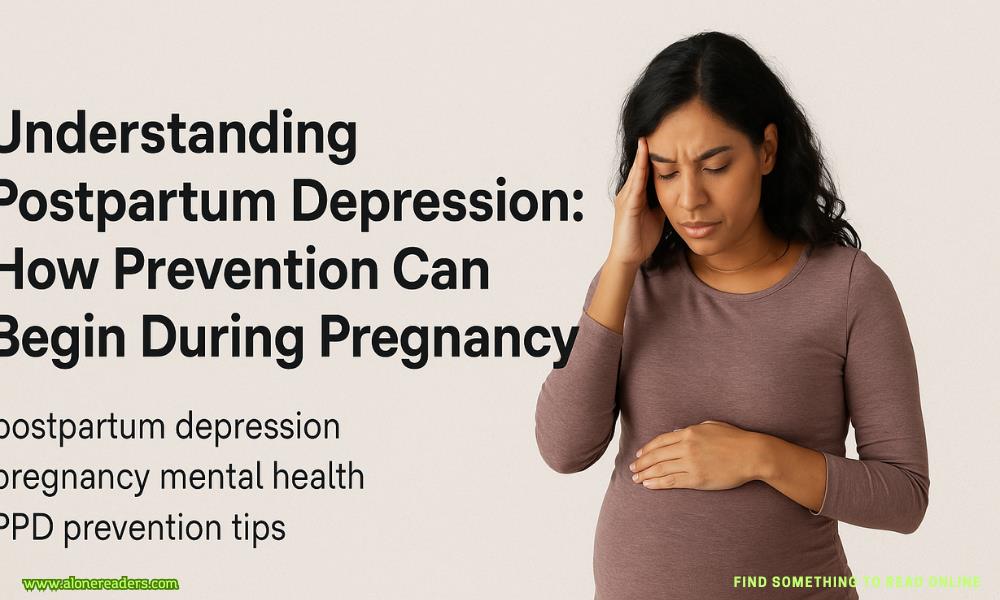Page 73 of Reckless Consequences
Her smile carries none of its usual manic energy—something quieter, more genuine, almost painful in its sincerity. “Not just me. Alexander helped.” A pause, something vulnerable crossing her expression. “And Emma inspired it all.”
The name strikes a chord—Jinx’s sister who died too young, the one he rarely mentions but with such raw emotion. I remember him telling Cayenne that Mona reminded him of Emma in her brilliance. Emma might be gone, but her spirit lived on in what Mona had built. The connection suddenly makes more sense.
My tablet chimes with an urgent alert from the recovery suite. Before I can check it, Mona’s already responding to her own devices, oleander scent spiking with alarm.
“Formula progression. Unexpected activity pattern.” Her tone shifts instantly from emotional to clinical. “Need to go. Now.”
We rush back toward the recovery wing, Mona moving surprisingly fast for someone in platform boots and an oversized lab coat. Her oleander scent sharpens with scientific focus.
“What’s happening?” I ask, struggling to keep pace.
“Secondary cascade. Neural reconfiguration accelerating.” Her explanations come in fragments. “Finn’s beta system unsuitable for formula progression. Potential catastrophic rejection event.”
When we reach the recovery suite, I immediately sense the crisis—the air thick with distress pheromones, medical alarms blaring. Finn’s body is rigid, back arching as violent tremors rack through him. The purple veins along his arms have darkened to an almost black, spreading visibly across his pale skin.
Cayenne is already at his side, trying to stabilize him while Ryker communicates with medical response teams. Jinx has positioned himself at the door, securing the perimeter.
“What’s happening?” Cayenne demands, her scent sharp with fear as she holds Finn’s shoulders.
“The formula’s progressing,” I explain, already moving to administer emergency counteragents. “It’s attacking his central nervous system.”
The door bursts open as Quinn’s medical team rushes in, equipment filling our carefully constructed recovery space. But before they can reach Finn, Mona charges forward, scattering them with surprising authority for someone her size.
“Move! Inefficient medical response! Much wasted motion!” She pushes past the team, tablets balanced in her arms. “Formula progression entering phase two. Neural reconfiguration cascade.”
Quinn’s chief medical officer starts to protest. “Dr. Sterling, protocol requires?—”
“Protocol inadequate. Sterling formula beyond standard medical parameters.” She’s already hooking up specialized equipment to Finn’s monitors. “Need specialized intervention. My design. My understanding.”
The medical team exchanges uncertain glances, but Quinn nods from the doorway. “Do what she says.”
Mona works with frantic efficiency, fingers flying across tablets while simultaneously adjusting IV medications and monitoring neural responses. “Secondary cascade triggering prematurely. Very concerning progression. Much accelerated timeline.”
“Is he dying?” Cayenne asks directly, her voice steady despite the fear pulsing through our bond.
“Not acceptable outcome,” Mona responds without looking up. “Won’t allow it. Too much data collection investment. Also, significant emotional attachment variable.” She pauses briefly, something almost human crossing her expression. “He’s pack-adjacent. Important.”
Through our bond, I feel Finn’s presence flickering—not disappearing, but changing frequency like a signal being disrupted. The purple-black lines spread visibly along his veins, tracing patterns that follow no known anatomical structure.
“Chemical stabilizers ineffective,” Mona mutters, discarding one approach and immediately starting another. “Need counteragent recalibration.” She looks up suddenly. “Blood. Need Sterling blood. Compatible antigens. Genetic resistance factors.”
“Mine?” Cayenne is already rolling up her sleeve.
“Optimal donor. Similar viral exposure pattern. Enhanced resistance metrics.” Mona snaps her fingers at a nurse. “Blood draw. Rapid stabilization protocol.”
As the nurse prepares Cayenne for the blood draw, Mona turns to the rest of us. “Need space. Too many bodies. Inefficient respiratory pattern. Bad air circulation dynamics.”
“We’re not leaving him,” Jinx growls, cherry tobacco scent sharpening with protective fury.
“Not suggested. Merely relocate. Three-meter perimeter. Maintain pack bond. Important stabilization factor.” She’s already turning back to her equipment. “Pack bonds demonstrating unexpected physiological impact. Very interesting data. Much research potential.”
I guide the pack back, creating the distance Mona needs while keeping us within range to maintain our connection to Finn. Through the bond, I feel his analytical presence struggling to maintain coherence as the formula attacks his neural pathways.
“I’ve never seen anything like this,” Quinn’s medical officer whispers, watching the dark lines spread across Finn’s skin.
“No one has,” I respond quietly. “Roman designed this formula as a weapon. It was never meant to heal, but to control.”
Mona works with terrifying intensity, her movements a blur of calculated chaos. The transfusion of Cayenne’s blood begins, and monitors immediately register a response—subtle but measurable.
- Daddy's Accidental Babies by Sofia T. Summers
- Death by Michelle Heard
- Feral by Jenika Snow
- Quadruplets for the Vipers by Tia Quinn
- Beautiful Sinner by Ivy Davis
- Ride Me Cowboy by Clare Connelly
- Bound in Matrimony by Emma Bray
- Calla's Boys by Yolanda Olson
- Property of Anchor by Winter Travers
- Punish Me, Daddy by Sara Fields
- His Mark by Sara Fields
- Filthy and Fierce by Hope Ford
- Vow of Obsession by Lucy Darling
- Veiled Vengeance by Ivy King
- Don't Say You're Sorry by Bethany Winters
- Kingston by Terri Anne Browning







